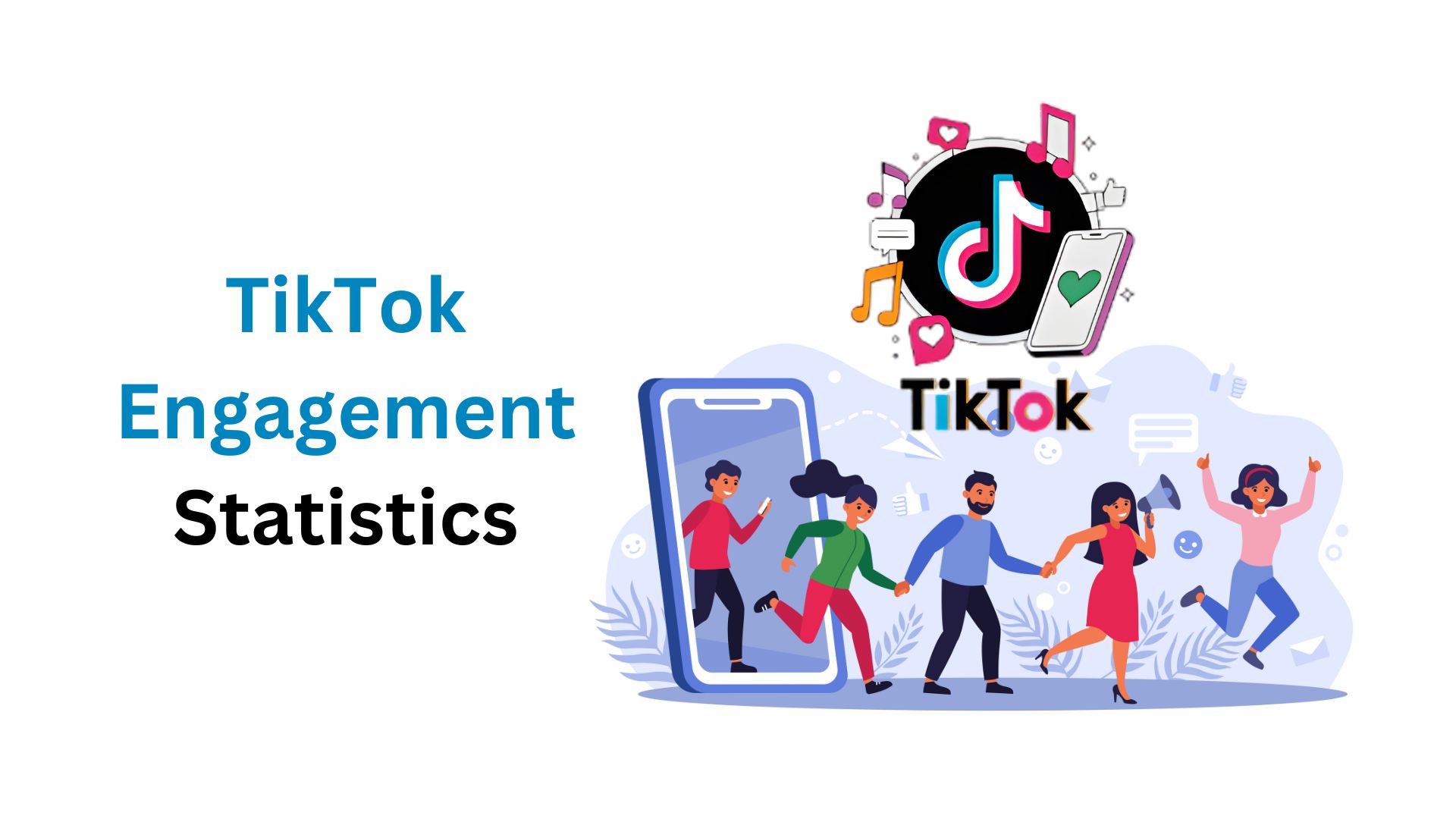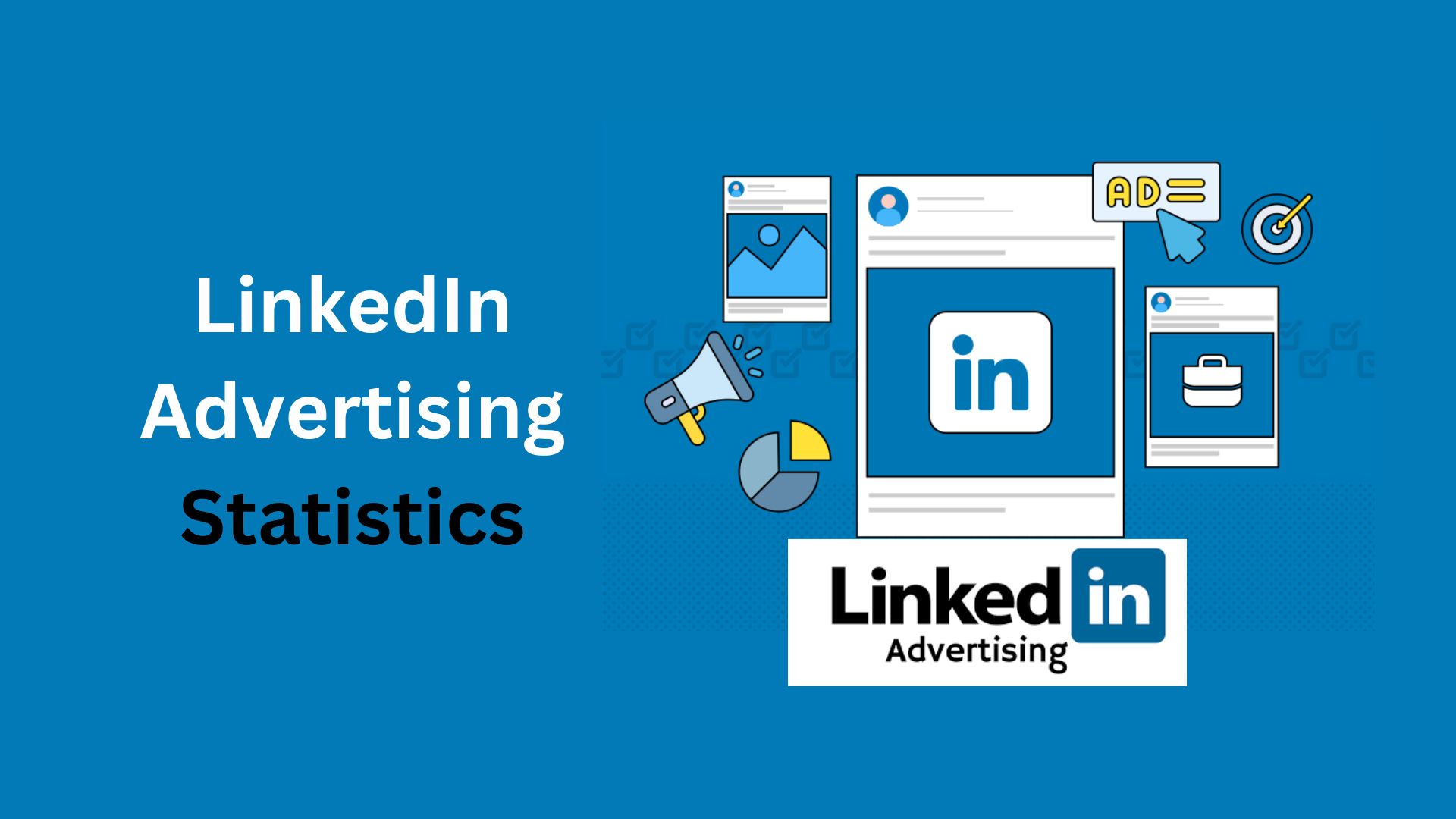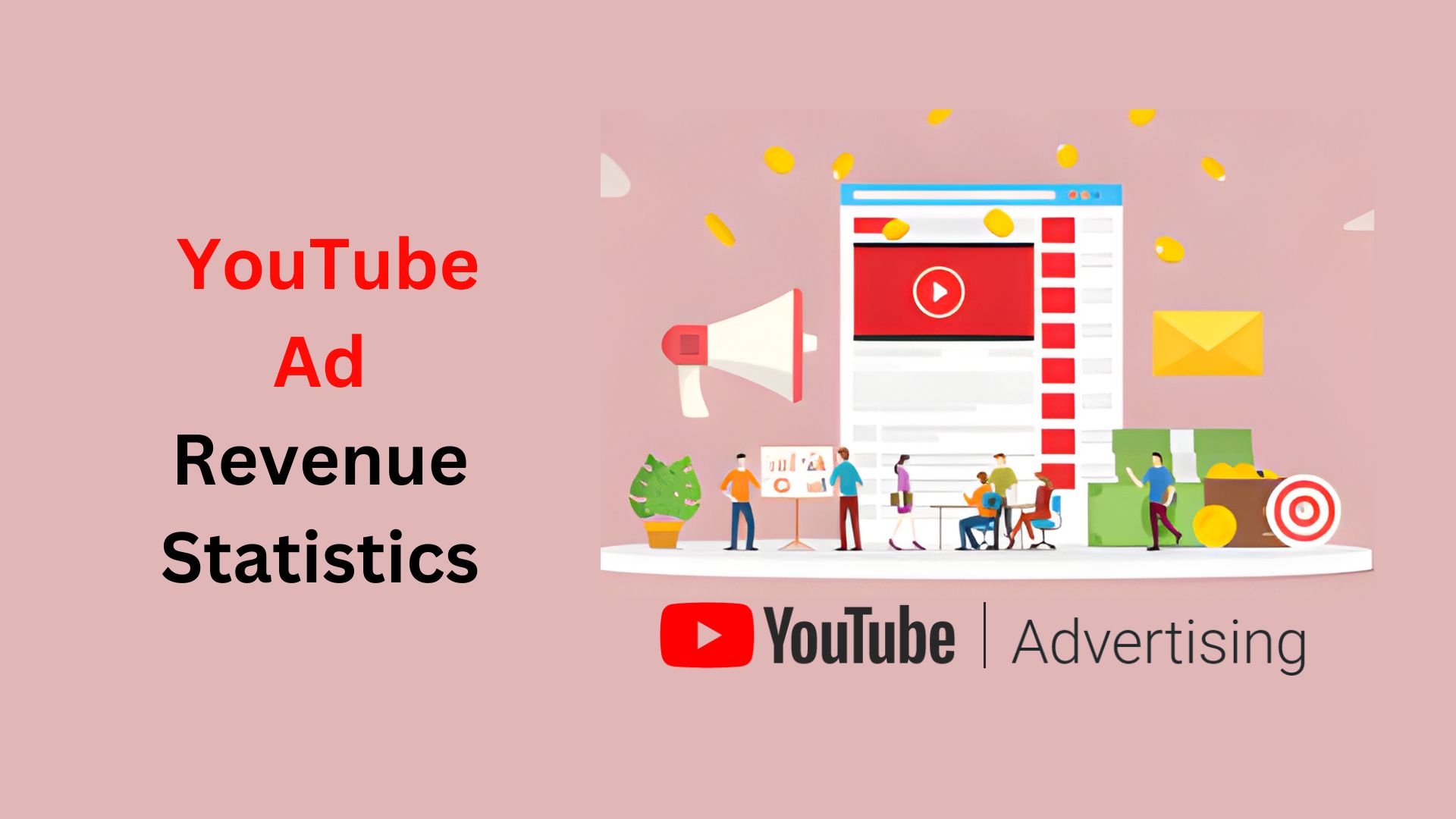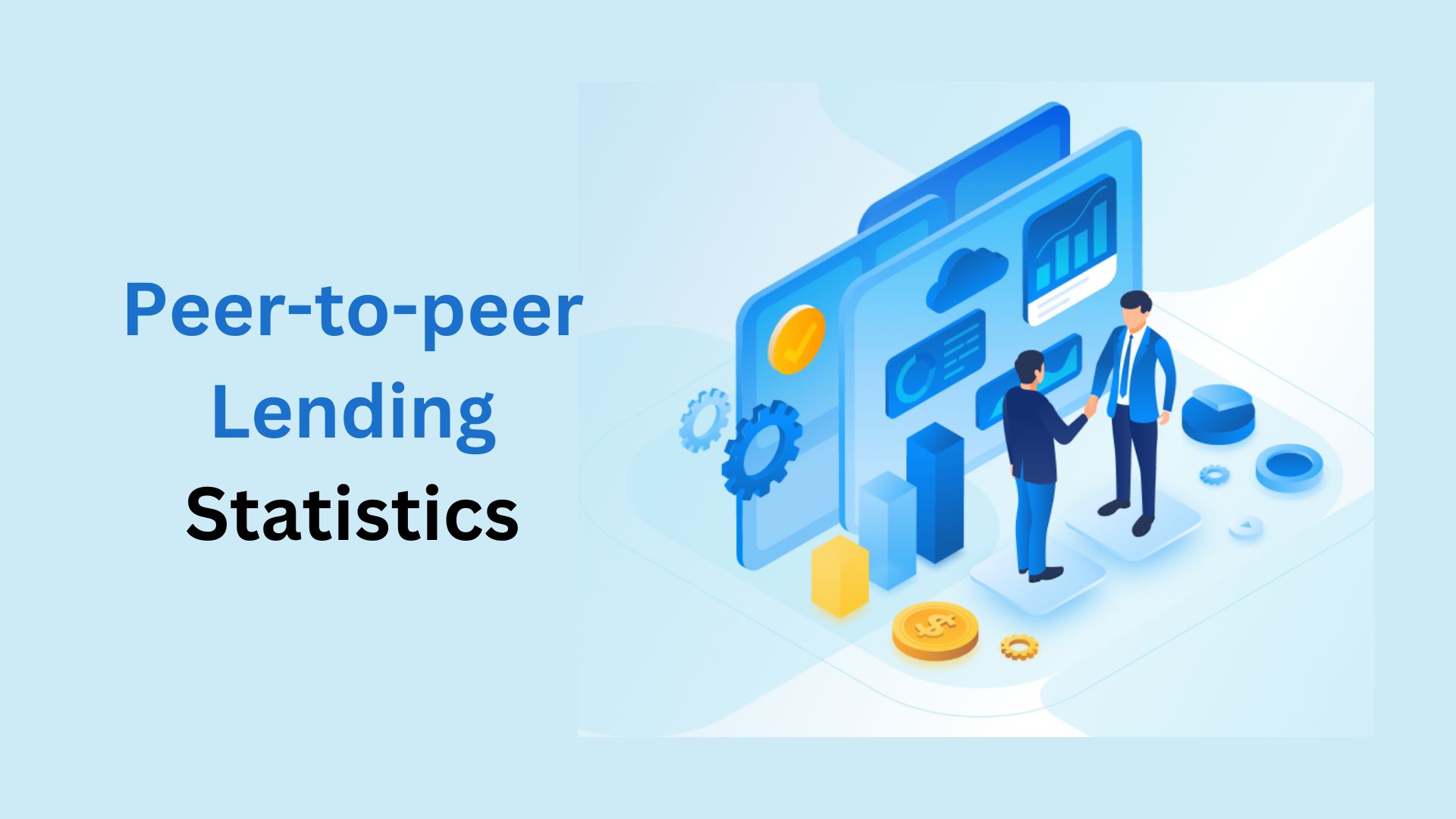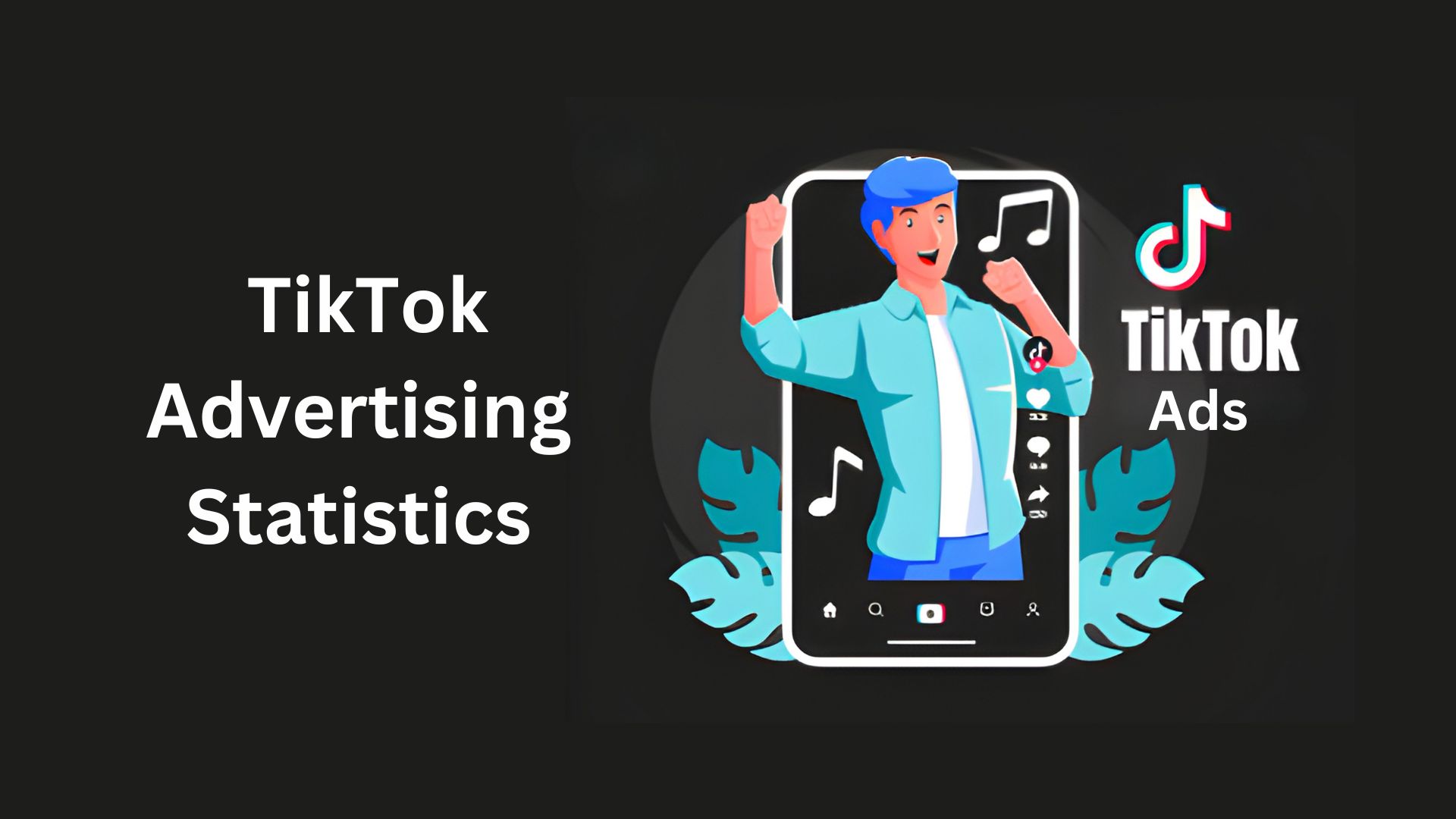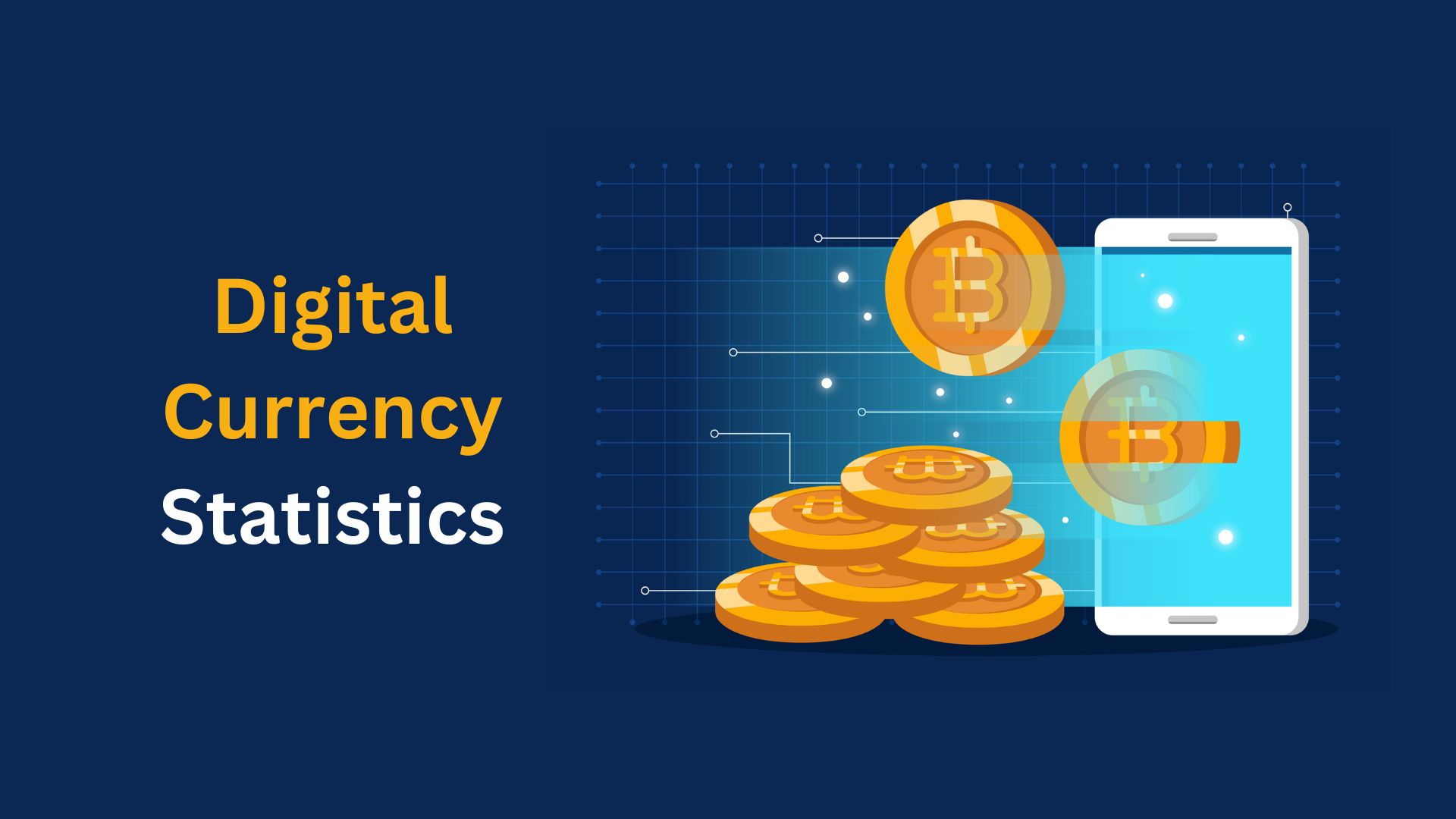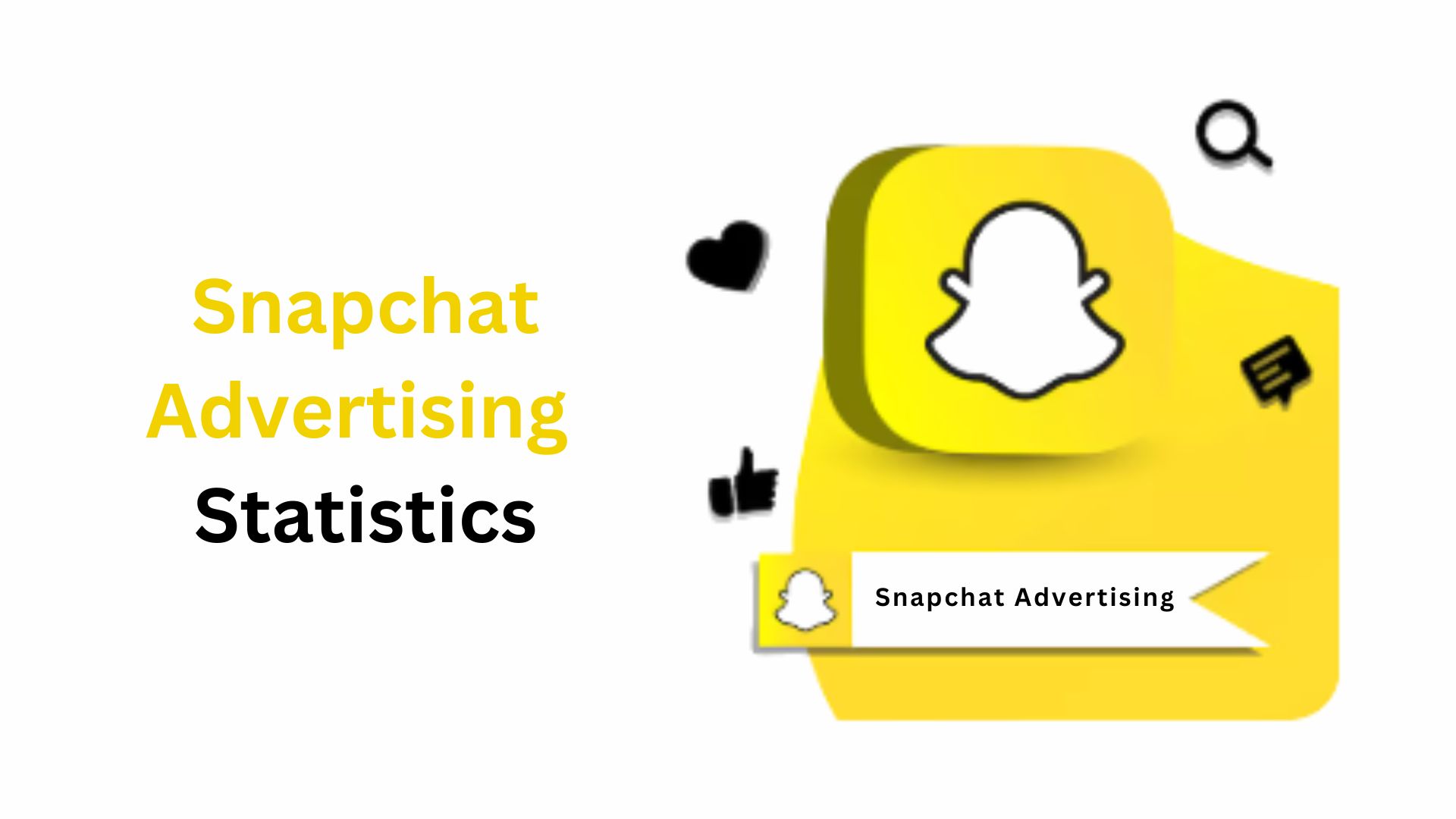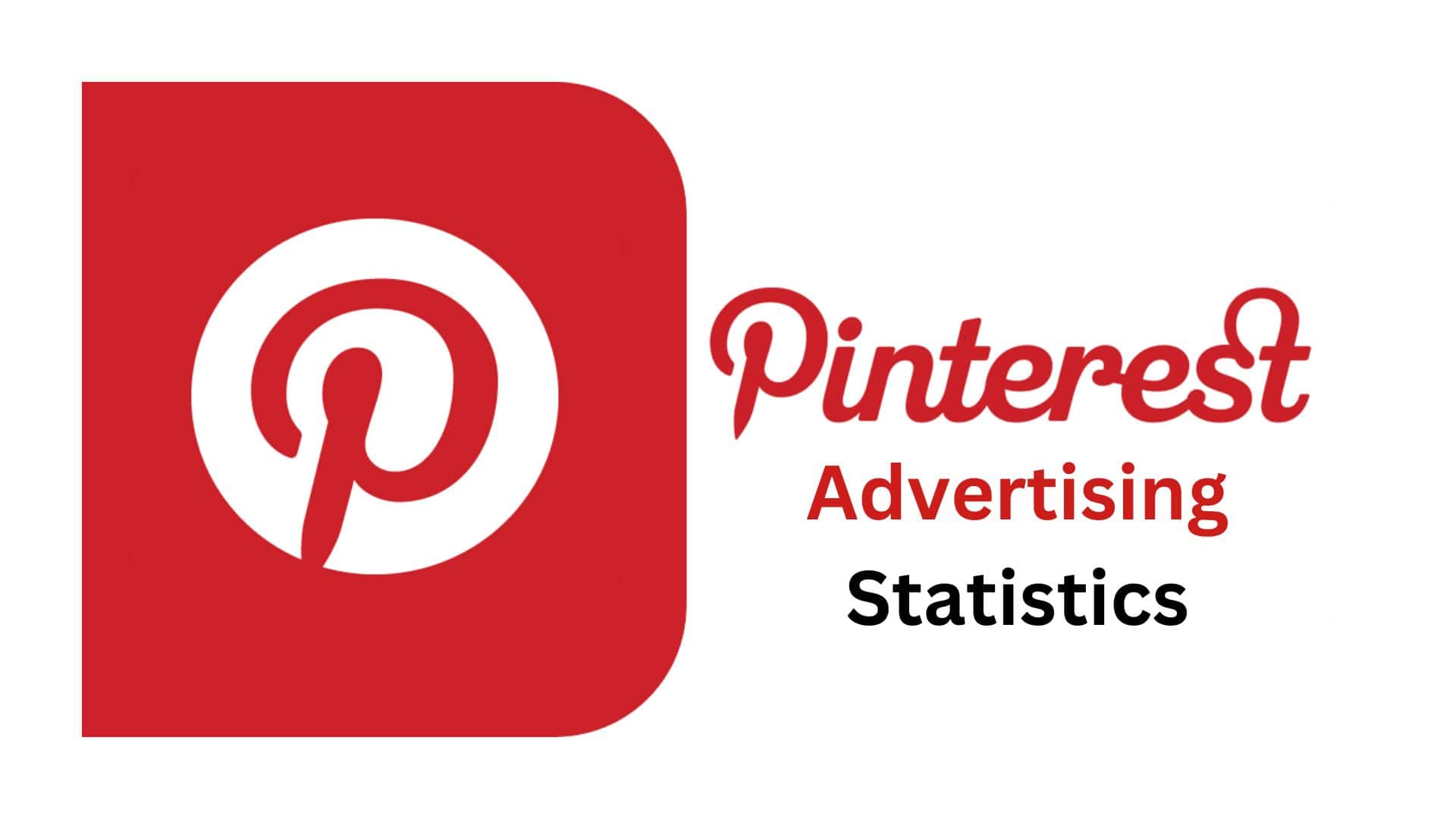Web Design Statistics, Facts By Market Size, Design, Colours, Challenges And Opportunities, And Trends (2025)
Updated · Oct 10, 2025
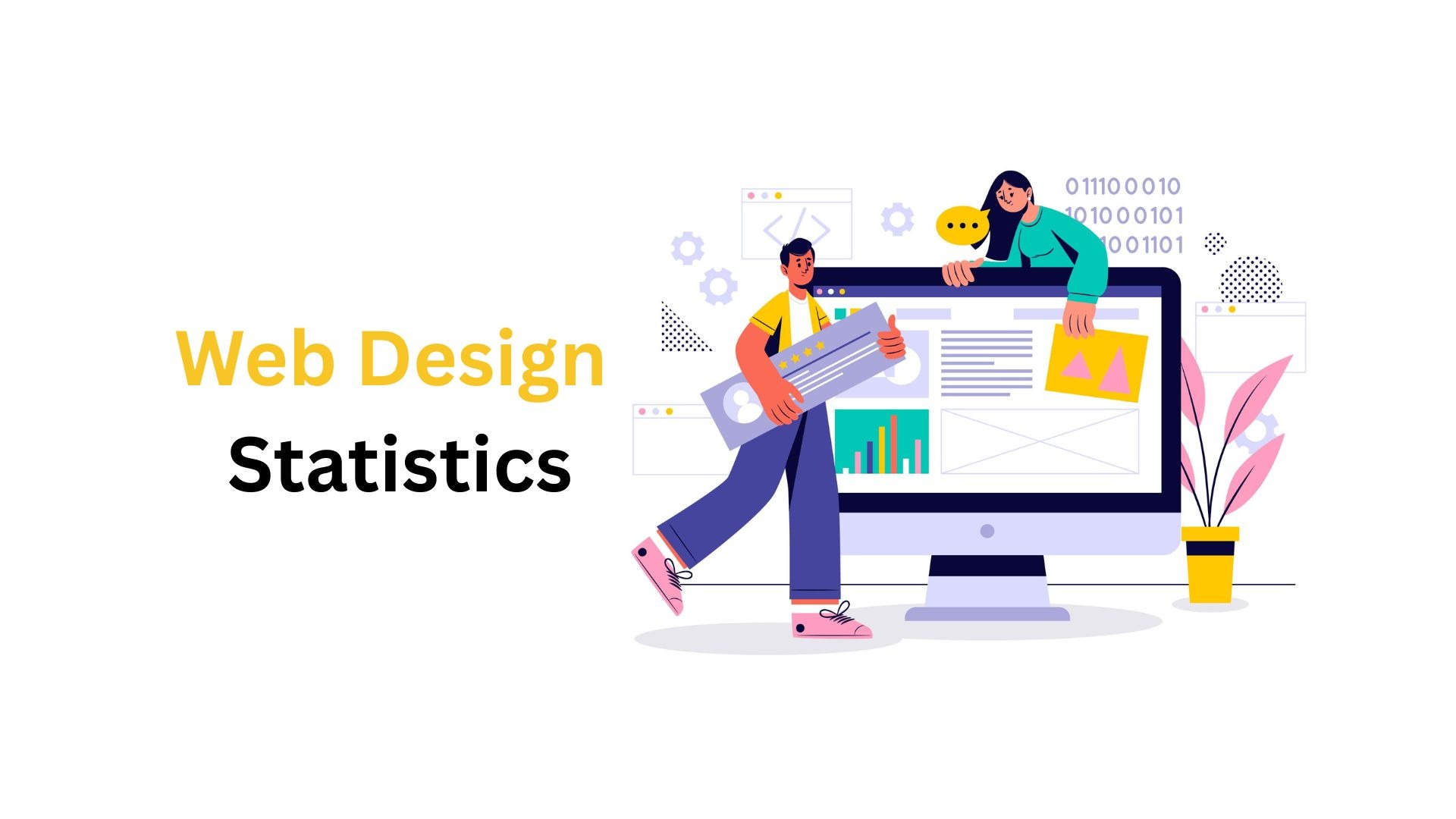
Table of Contents
Introduction
Web Design Statistics: The main aim of design in 2025 is far from just attractiveness-it is a big business and marketing vehicle, starting from user engagement and conversion to building brand trust. With the global web design market set to breach US$92 billion by 2030, companies are eager to invest in responsive, mobile-friendly, and aesthetically pleasing websites. Buyers form an opinion in a mere 0.05 seconds. A full 94% of first impressions are design impressions, because every shade, every image, and every layout matters.
The grains of time are defining the trends as AI adoption, mobile optimisation, accessibility, and nowadays, visuals that take forever to load or a horrible user experience, draining billions. This article will give you insights into Web Design statistics.
Editor’s Choice
- The global web design market is projected to rise from US$61.23 billion in 2025 to US$92 billion in 2030, presenting huge opportunities for designers and agencies.
- The basic website design charge ranges from US$6,500 to US$15,000; of these, 42% of the projects are undertaken in-house.
- Users form an opinion within 0.05 seconds, 94% of first impressions being influenced by design rather than content.
- 39% of users gravitate towards colour schemes; consistent colour use tends to double brand recognition by as much as 80%, while red buttons increase conversions by 34%.
- 40% of online users place importance on images; original graphics generate 20% higher engagement, and sites with visuals come with an 80% higher opportunity for visitors to interact.
- Slow-loading visuals cause 39% of users to bail, resulting in US$2.6B in losses each year; even a 1-second delay, among others, decreases conversion rate by at least 7%.
- Responsive design today is used in 90% of websites, and conversion rate climbs by 11% through it, plus mobile engagement by 15%.
- 79% of visitors are driven away by bad usability, while 88% of users who have a positive experience will likely return.
- Slow mobile websites are abandoned by 88.5% of mobile users, with 84% stating mobile is their choice over desktop, and mobile-friendly sites enjoy a 75% increase in revisits.
- As much as 35.9% of designers use AI tools daily, and adoption of AI website builders has grown by nearly 50%, while AI aids in creating imagery and designs as well as improving efficiency.
Webdesign Market
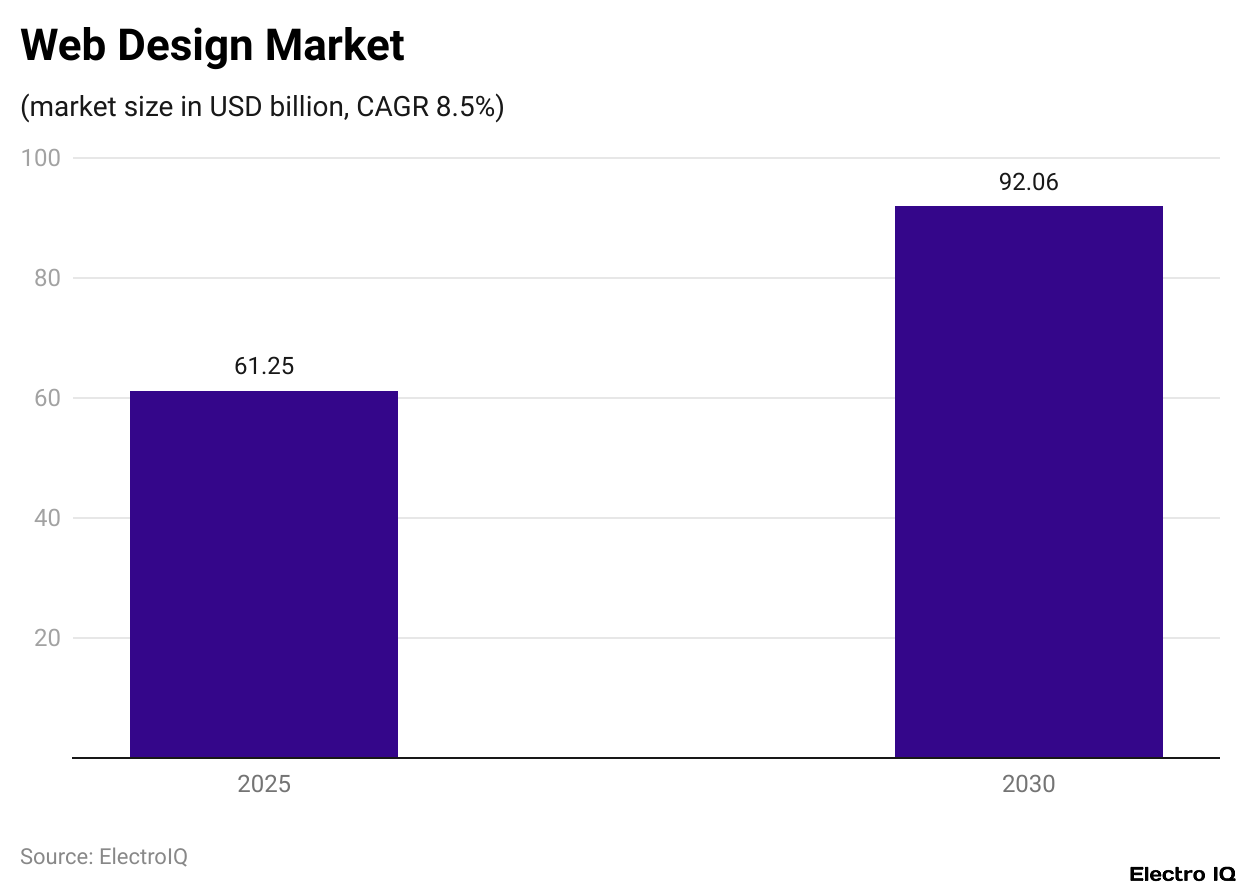
(Reference: agencyhandy.com)
- This is how the web design business is growing more every year. In 2025, the market value is US$61.25 billion; a value expected to reach around US$92 billion by 2030.
- Such growth demonstrates that more businesses are placing money behind the creation and reworking of websites for one or more reasons: eCommerce, brand building, and customer interaction.
- The increase is also a testament to just how much the idea of a strong online presence has gained terrain worldwide; from the very fact that more people use the internet, businesses need to have modern, secure, and user-friendly websites with which to compete.
- According to Mordor Intelligence (2024), this steady increase also puts the limelight on the design of websites as a waxing opportunity sector for designers, developers, and agencies.
Businesses Spent On Website Design
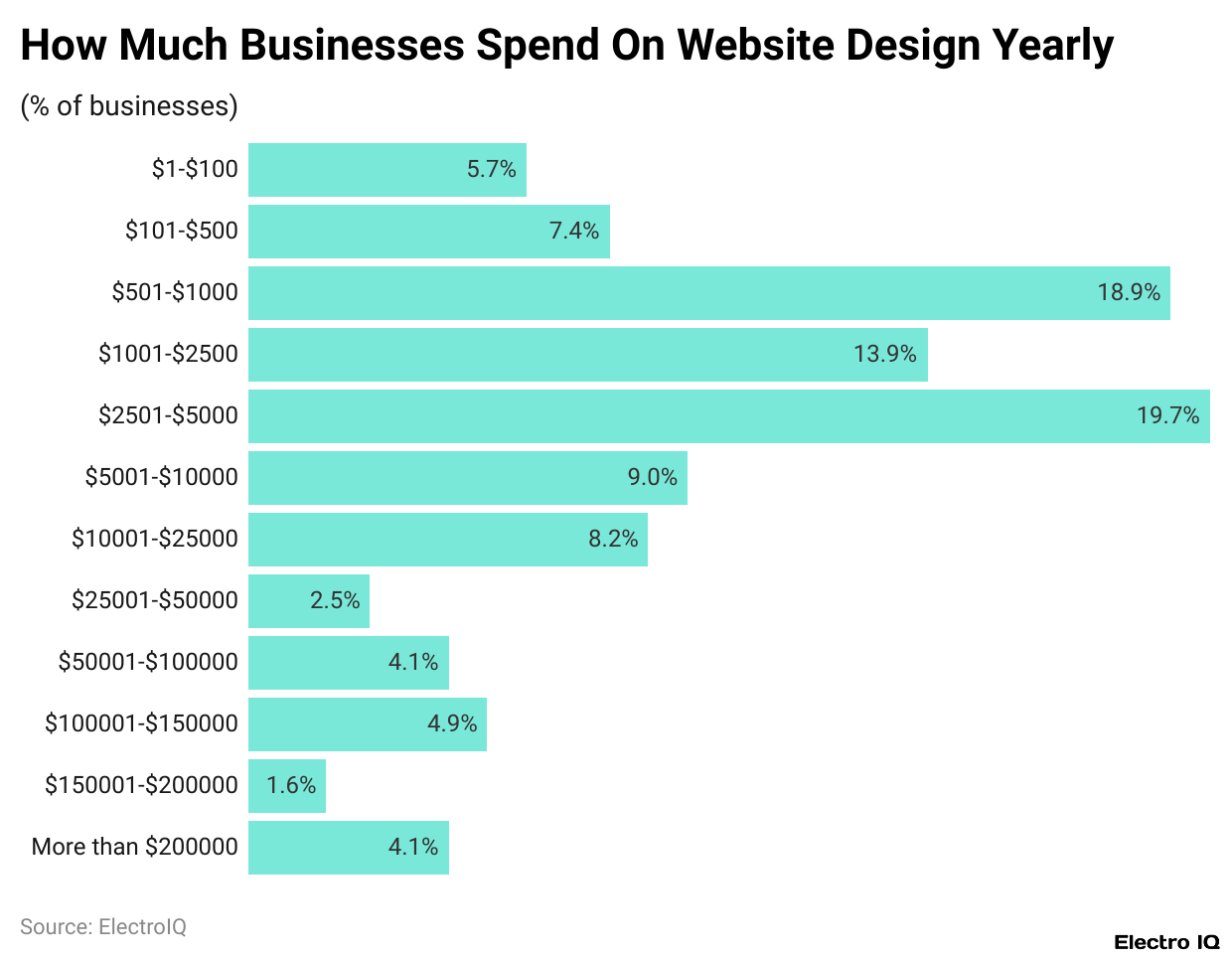
(Reference: vwo.com)
- As per VWO, Web Design statistics show that setting up a website professionally can prove to be quite costly, with the usual charge from a basic design fee going between US$6,500 and US$15,000, says WebFX.
- Interestingly, 42% of web design projects go on in-house, which means a lot of companies prefer to keep this work within their own staff rather than outsource the setup.
- In many respects, design determines the nature of a compliment.
- Research shows that visitors take 0.05 seconds to form an opinion, and 94 % of those first impressions are design-related, not content-related.
- If an intelligent person forms an opinion from design alone in 0.05 seconds, 94 % of feedback about a website will relate to its design, with only 6 % dwelling upon the content.
- Web design remains a lucrative career opportunity in the U.S., where designers can make approximately US$70,000 yearly.
Web Design Colours Statistics
- The colours hold a very strong influence on how users experience websites.
- These colours, emphasise the experts, do not just make a page attractive, but rather they channel emotions, dictate user behaviour, and sculpt brand perception.
- Research has also shown that 39% of consumers attend to colour schemes foremost compared to any other visual element during their first single visit to any site.
- A firm colour theme may increase brand recognition by nearly 80%, further helping users remember and trust the brand.
- Studies reveal that colours do strongly impact buying decisions: 62–90% of people seem to make judgments about a product or a site based on colours alone.
- Preferences even have nuances to particular tones: 46% of users prefer blue-themed sites, which are generally associated with trustworthiness and professionalism.
- From a very practical standpoint, slight colour variations can have immediate consequences for business results: for instance, 34% more conversions resulted from placing a red button on a page; hence, colours directly impact performance.
Web Design – Attractive Visual Statistics
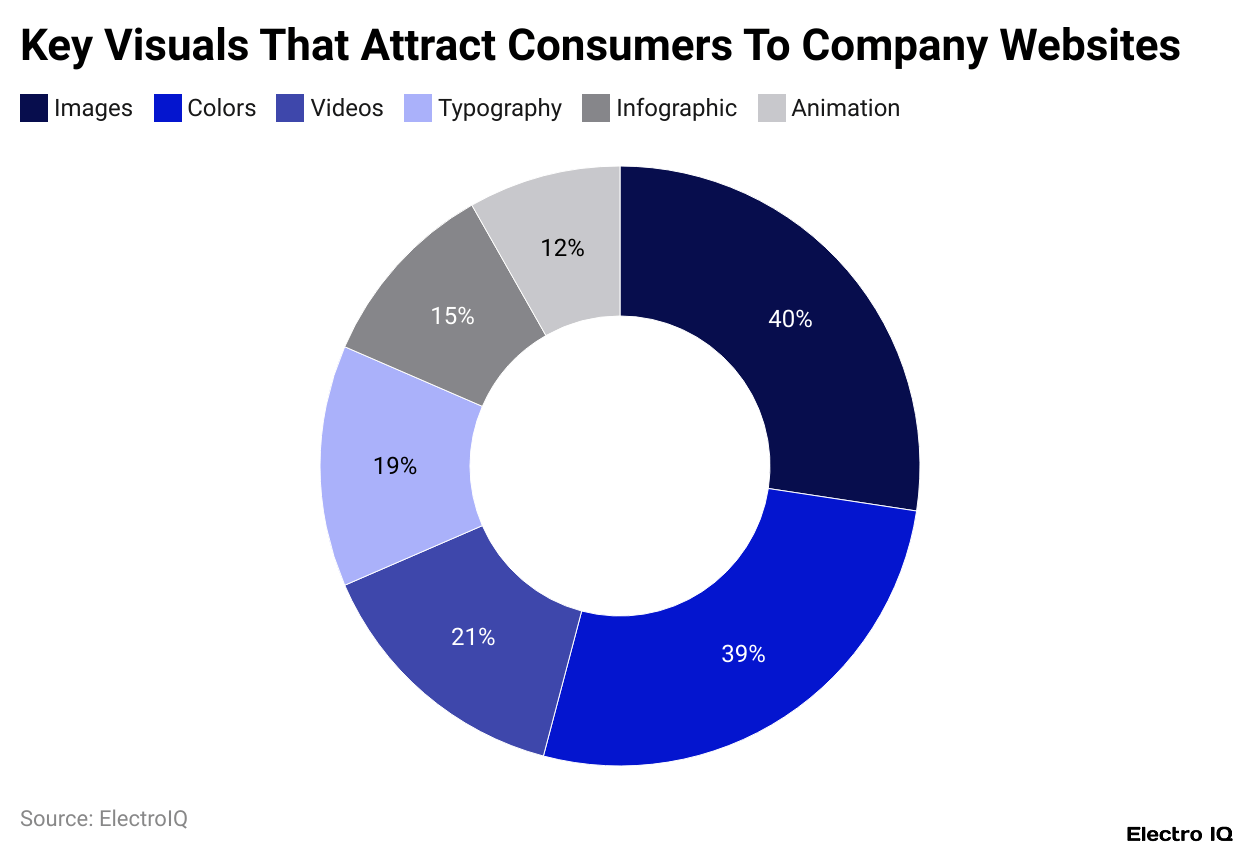
(Reference: hostinger.com)
- Visuals generally take their place at the top of the hierarchy of attention for a visitor to a corporate website.
- In fact, 40% of visitors feel images are the most important element, followed by 39% who consider colours, with typography, infographics, videos, and animations next.
- This also corresponds to an observation that websites with images and videos can increase user interaction by up to 80%.
- The engagement produced by any form of imagery also depends: original graphics generate 20% more engagement than stock photos, thereby indicating that unique and authentic images work better.
- With the average visitor spending approximately 5.94 seconds gazing at the main image on any given website, the business should ensure this particular part is of the highest quality and has an impact.
- Slow-loading visuals can instead end up doing more harm to a website.
- Nearly 39% of users will drop off if images do not pop up quickly enough, which causes a decline in conversion rates.
- Since product images are cited by 67% of buyers as having a major impact on their decision to buy, slow images lead to lost sales.
- The families and parties who have to pay for slow websites are really losing money to the tune of about US$2.6 billion per annum.
- A one-second delay reduces conversion by 7%, while a delay beyond two seconds results in a 60% loss of visitors.
- By focusing on ensuring fast site speed through the usual means like image compression, using the fastest hosting, and testing performance regularly, businesses can prevent a lot of losses.
Responsive Web Design Statistics
- Responsive design is now among the most important principles in current-day web design.
- In contrast to mobile-friendly design, which retains the same layout across devices, responsive design varies the content and layout to accommodate the size of the screen, hence providing greater comfort to the user.
- By 2025, it is expected that nearly 90 % of all websites, or approximately 1.71 billion sites, will have adopted responsive designs; any site without one is now in the minority.
- The major force behind this transition has been web design agencies and site builders who supply pre-built responsive templates to make sure that websites look nice on any device.
- Studies show 11% higher conversion rates for websites with responsive designs, and more than 50% of companies see sales growth after going responsive.
- Mobile users interact with responsive platforms more frequently, with a good 15% increase in engagement, hence prolonging session duration, increasing clicks, and improving SEO performance.
- In contrast, 79% of users will bounce off from the website exhibiting poor usability in terms of accomplishing tasks slowly or confusing navigation; something responsive design takes care of.
- And since 88% of users are more inclined to revisit the site once they have had a pleasant browsing experience, the adaptability of design across devices surely plays an essential role in customer retention.
- Non-responsive design forms another big trigger for the redesign of sites with web designers. 53.9% of designers consider a non-responsive layout as the foremost reason to rebuild a site, along with some other issues like low conversion rates (80.8%), high bounce rates (65.4%), and bad user experience (61.5%).
- These numbers combine to say that responsive design is not merely a trend but a must for bringing new visitors and audiences in and to augment conversions.
Mobile Web Design Statistics
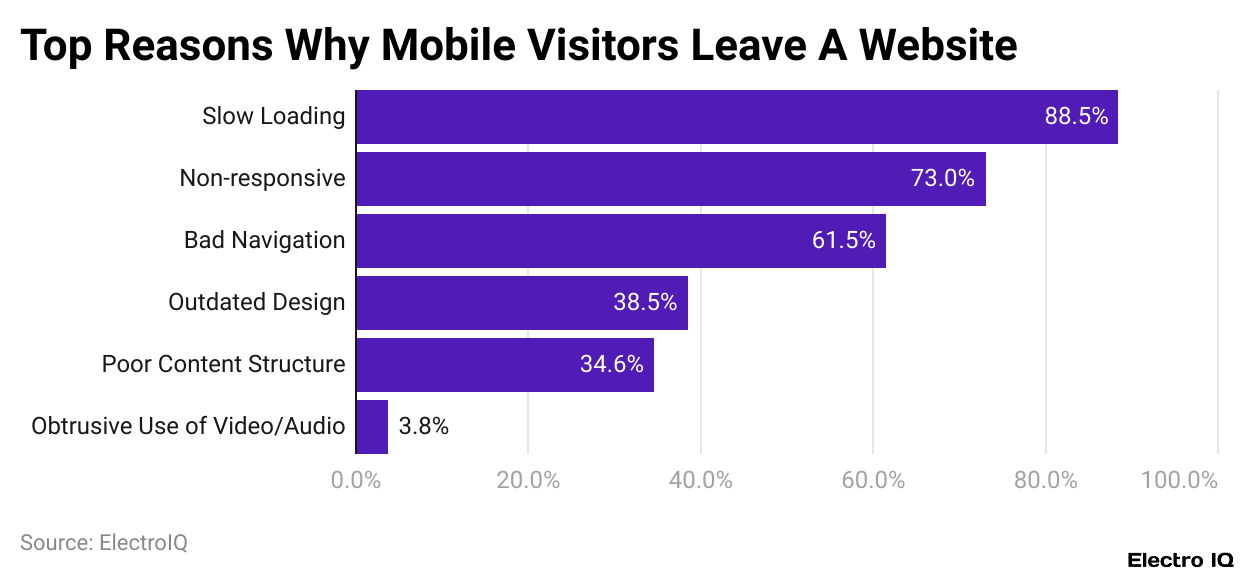
(Reference: hostinger.com)
- As per Hostinger, Web Design statistics, slow loading times remain the primary reason people abandon mobile websites; 88.5% of users cite this as their first frustration.
- Non-responsive designs often add to the problem since unoptimized elements, such as large pictures or heavy scripts, take longer to load on mobile devices. That’s why testing speed across all devices and not just desktops is crucial.
- Research suggests 57% of users are less likely to recommend a business if its mobile site shows a bad face.
- On the brighter side, 75% say they’d rather come back to those sites that treat them well.
- A robust mobile-first preference has been established: 84% of visitors prefer mobile websites to desktop versions, and 77% of searches originate from mobile devices.
- Since 78% of mobile searches end in purchases made offline, neglecting mobile search optimisation will translate into a rapid loss of internet and offline store sales.
- From an advertising standpoint, mobile-friendly design brings in revenue by influencing the buying decisions of 60% of consumers.
- Simultaneously, such pop-ups often spoil the experience when they come across as an interruption or when they pop up too often.
- There’s nearly a 70% annoyance rate among mobile visitors for unwanted pop-ups, particularly when they’re hard to close or keep coming back.
- Accessibility matters, really, and only half of all mobile websites give proper support to users with disabilities-the other poorly done pop-ups just restrict access to precious content even further.
Mutually Influencing Design With AI
- Artificial intelligence is fast becoming the heart of web design, with a population of 35.9% of designers now engaged with AI tools on a daily basis.
- The spike in interest for AI-driven website builders by 50% in the past year reveals how such tools are fast being embraced to facilitate development, create SEO-friendly content, and improve workflow speed.
- 55% of designers indicate approval of the use of AI, while 12% work in areas without a clear policy, and 10% state that they are discouraged from using it.
- Slightly more than 32.8% of developers use AI to boost efficiency, and a quarter of them claim AI-assisted productivity gains in their day-to-day working environment to a significant degree.
- The younger bunch is the most receptive to the technology, with 75.3% of IT professionals aged 18-25 using AI tools every week, which is higher than the adoption rates of their senior counterparts.
- Designers use AI for more creative applications, too: 58% of designers use AI to generate original imagery and media assets, and 51% apply it in web-page design.
- AI is also responsible for experimentation and designing processes, with 49% of designers using it to try out new approaches or components.
- Besides that, 43% make improvements to existing designs with its aid, 40% perform performance and quality tracking with its aid, and 20% audit user experience.
- The statistics reveal how AI is converting from a rather random cog in the blocks of modern web design.
Challenges And Opportunities
- Accessibility remains an enormous issue on the web, regardless of the sustainable evolution of tech. Probably millions of people with disabilities will have trouble using many websites.
- A 2023 study of one million homepages confirms that only 3.7% of those sites were fully accessible for disabled users.
- Another one of 100,000 sites focused on the global South showed that just 40% met basic accessibility standard requirements.
- The leading causes of accessibility gaps include absent alt texts in images and absent ARIA labels, which are essential for assistive technologies to perform their tasks.
- Over 70% of developers feel that they could use even more training in accessibility best practices, a survey shows.
- Focusing on accessibility is not only the right thing, but also the right business decision.
- Creating an inclusive design allows a company to reach a bigger market, builds trust among customers, and prevents possible legal problems.
Conclusion
Web Design Statistics: In 2025, the web design landscape will emphasise speed, responsiveness, and user-centric experiences. Companies that invest in professional design, mobile optimisation, and AI tools create higher engagement, better conversions, and greater brand loyalty.
Concerned with visuals, colour schemes, and accessibility, money drains, and viewership loses trust. Expanding toward the US$92 billion by 2030, designers and companies must prepare to deliver responsive layouts, fast-loading visuals, accessibility, and inclusivity. Websites that follow trends, tie in AI, and value usability will attract visitors and convert them into loyal buyers.
FAQ.
Generally, basic website design costs go from US$6,500 to US$15,000, depending on the complexity, features, and whether it is done in-house or outsourced.
Responding to different screen sizes adjusts the layout, which increases conversions by 11% and mobile engagement by 15%, while improving user experience and retention.
Colours stir emotions, prompt action, and form a perception of the brand. 39% of users notice the colour scheme first, consistent colours can uplift brand recognition by 80%, and a red button can enhance conversion by 34%.
Productivity and creativity enhancement is the name of the game. Thirty-five-point-nine % of designers work with tools on a daily basis. AI assists with image generation, design planning, performance optimisation, and SEO-ready content creation in an efficient manner.
It is staying a challenge; only 3.7 % of websites are fully accessible. Designing inclusively permits a business to target broader audiences, earn their trust, circumvent legal risks, and improve user experience.

I hold an MBA in Finance and Marketing, bringing a unique blend of business acumen and creative communication skills. With experience as a content in crafting statistical and research-backed content across multiple domains, including education, technology, product reviews, and company website analytics, I specialize in producing engaging, informative, and SEO-optimized content tailored to diverse audiences. My work bridges technical accuracy with compelling storytelling, helping brands educate, inform, and connect with their target markets.

